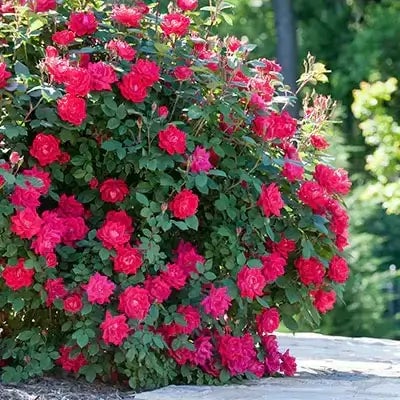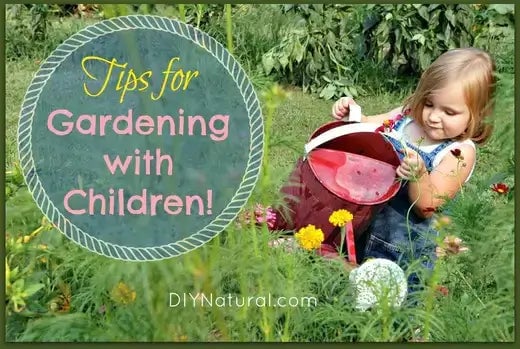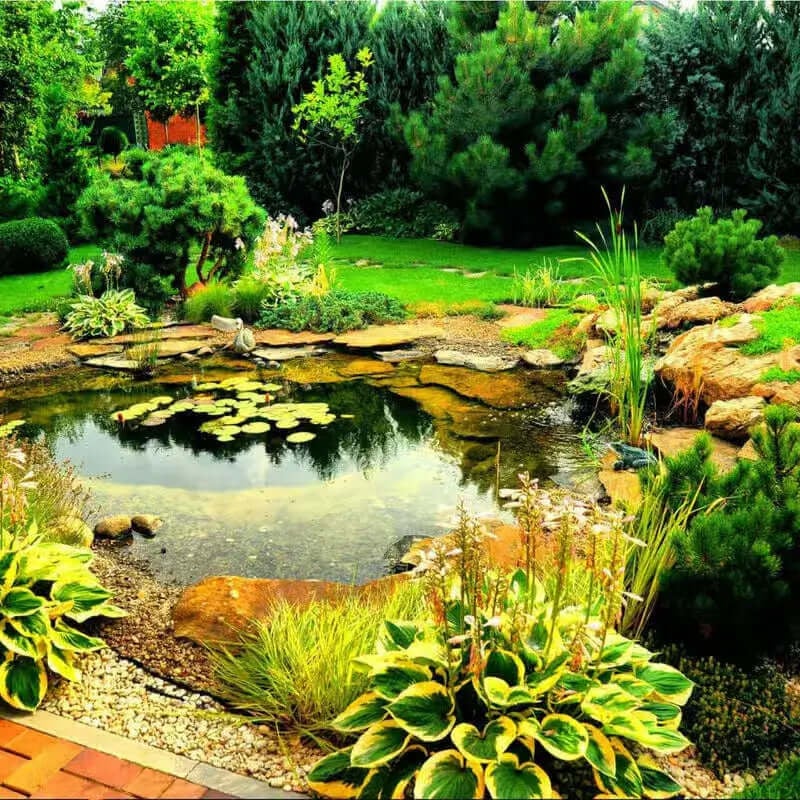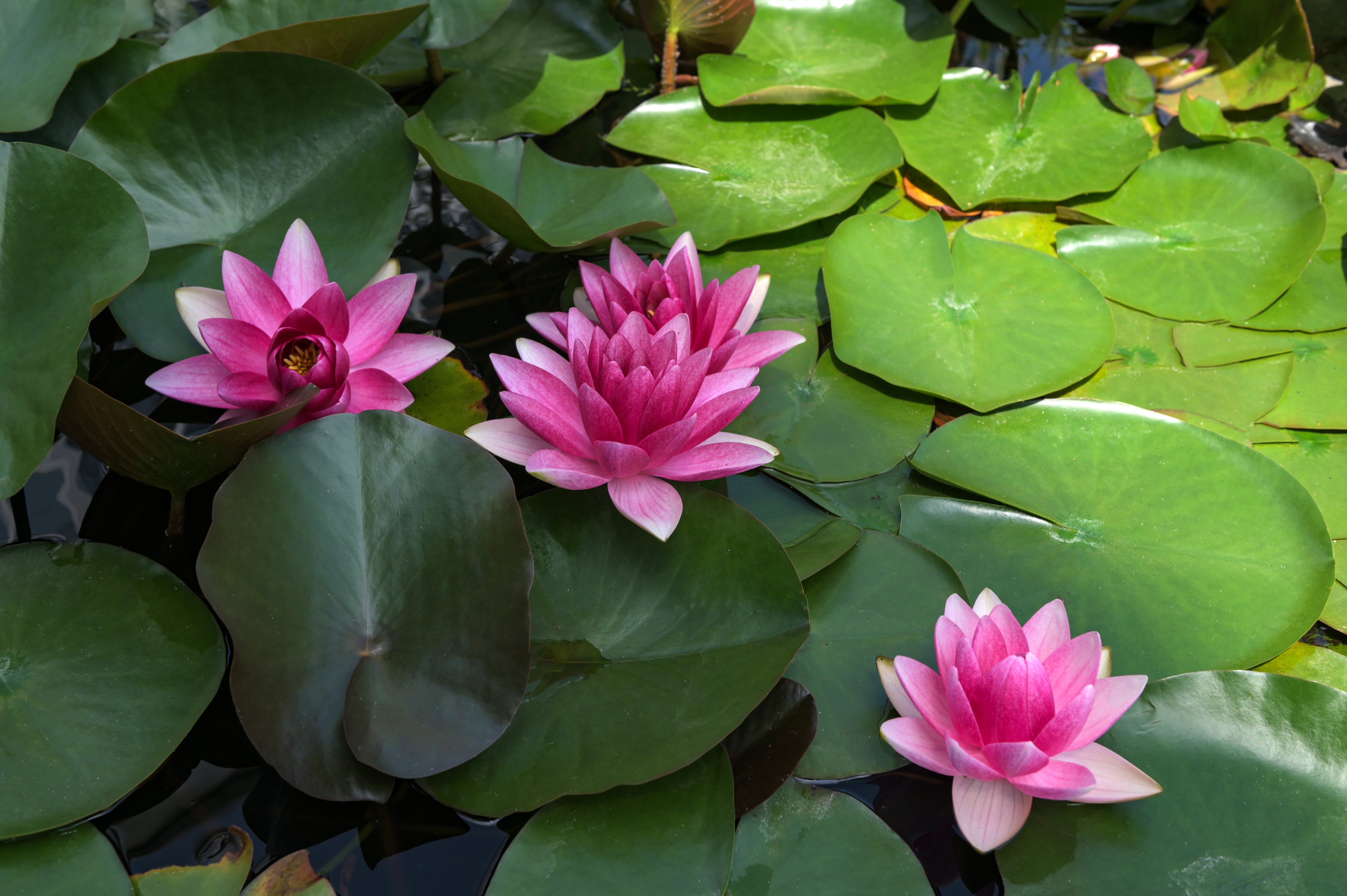Water Plants
Water gardening can be a constant source of delight for the senses. From the still waters of ponds to the babbling rills of brooks, there are as many ways to waterscape as there are water plants.
In quiet waters, the water lily and lotus are kings. These lovely and serene blossoms come in every color and are easy to plant along the shoreline, where they can spread outward. Remember that water lily tubers are a favorite snack for some aquatic wildlife species, so protect them with weighted pots from nibblers! Be sure to select hardy varieties for your area, and you will have a growing profusion of beautiful lilies and lotus in season.
Siberian Iris
Siberian iris is an excellent choice for both marsh-like environments and areas where water is moving. Slender stems and reed-like leaves set off purple, yellow, white, and blue blossom varieties in summer and stay vibrant well.
Add a splash of red a little further up on the bank where the soil is wet but not soggy, with the tall spikes of cardinal flower and canna lily, which can be pulled and overwintered indoors in cold climates.
Foliage without flowers can also can a significant visual interest in a water garden. The bloody dock doesn't flower but has spidery red veins in its leaves. Arrow arum doesn't bloom but has arrow-shaped leaves in a fresh, pale green.
Any well-rounded group of water plants must include the great cattail! Cattails add height to the waterscape, with their familiar brown tops turning to fluff as their seeds ripen and disperse.
In deeper waters, submerged species like Anacharis, hornwort, and the fern-like elodea are decorative and help the environment by competing with algae and oxygenating stagnant water.
Aquatic plants are a wonder of nature, bringing life and vibrance to ponds, lakes, and water gardens. These plants thrive in water-rich environments, offering not just beauty but a host of practical benefits. Aquatic plants transform any water feature into a serene oasis, whether the delicate sway of water lilies or the intricate elegance of lotus flowers.
One of the most striking things about aquatic plants is their adaptability. There are three main types: floating, submerged, and emergent. Floating plants, like water hyacinths and duckweed, rest on the surface, adding a lush green carpet while shading the water below. Submerged plants, such as anacharis and hornwort, live entirely underwater, vital in maintaining water clarity and providing oxygen for fish. Emergent plants, like cattails and pickerelweed, grow with their roots in the water but stretch upward, creating height and structure for your water garden. Each type contributes to the ecosystem's balance while adding its unique charm.
The Many Benefits of Aquatic Plants
Beyond their aesthetic appeal, aquatic plants offer numerous benefits. Their presence creates a healthy environment for fish and other marine creatures, offering shade, oxygen, and safe spaces for breeding. A water garden with aquatic plants is a living, breathing system where every component works harmoniously.
Aquatic plants also serve as natural pest deterrents. Some, like mosquito ferns, help control mosquito populations by covering the water's surface and preventing insects from laying eggs. This makes them beautiful and practical for those looking to maintain a pleasant outdoor space.
Caring for aquatic plants is easier. Most varieties are low-maintenance, thriving with just the right balance of sunlight and nutrients. Choosing plants suited to your region's climate and the water conditions in your pond or garden is essential. Once established, they grow quickly, filling your space with lush greenery and vibrant blooms.
Adding aquatic plants to your water garden invites a world of tranquility and balance. Whether you're drawn to the timeless elegance of water lilies or the playful charm of floating ferns, these plants bring unmatched beauty and utility. They're a decoration and a vital part of the ecosystem, ensuring your pond or garden remains a thriving haven for years.
How to Build a Low-Cost Aquatic Plant Haven
You don't need to spend much money to build a space for aquatic plants. If you're an established hobbyist or just starting to explore aquatic gardening, there are numerous budget-friendly methods for growing aquatic plants. You can create a flourishing aquatic plant habitat using resourcefulness and creativity alongside appropriate materials without spending much money.
The initial step involves planning the aquatic environment you want to create. Aquatic plants can be grown in various environments: Grow aquatic plants in indoor aquariums or outdoor ponds and utilize small containers situated on a patio area. Budget-conscious beginners should begin with small containers or repurposed aquariums to establish their aquatic plant setup. Start your search for affordable aquariums and large tubs at thrift stores and yard sales while checking online marketplaces. People often sell or donate surplus tanks when they no longer require them. Conduct a complete examination of every container to detect cracks or leaks before they cause water damage problems.
The next step involves selecting a proper substrate, typically aquarium soil or gravel, to hold aquatic plants in place. You can save money on specialized aquarium substrates by using rinsed pea gravel or choosing a sand-gravel mixture from home improvement stores. To enhance substrate nutrients, begin with a fine layer of organic potting soil or aquatic plant soil at the base, then cover it with gravel to stop clouding.
Lighting is essential for aquatic plants. Place your indoor set up near a window receiving moderate sunlight while avoiding direct exposure to the intense midday sun, which can lead to algae growth. You can purchase affordable LED grow lights for artificial lighting through online platforms or at the gardening sections of nearby stores. Choose lighting systems that offer adjustability to ensure your aquatic plants have sufficient light for photosynthesis to occur.
Your plants will thrive in water quality maintained within a stable environment. When you use tap water for your aquarium or pond, you should test it for pH levels, hardness, and chemical content. Affordable water testing kits can be purchased at numerous locations. Depending on your plant choices, the water treatment could require essential conditioning to remove chlorine and additives. Rainwater represents a valuable water source for outdoor ponds, provided urban residents verify their local rainfall for contamination.
Choosing the right plants helps to minimize expenses while guaranteeing successful growth. Aquatic plants such as hornwort, water lettuce, anacharis, and Amazon sword offer an easy start to gardening because they are low-cost and suitable for beginners. You can increase plant collection without additional costs because some aquatic plants can be propagated from cuttings. Join aquatic gardening groups in your area or explore online forums where members frequently give away plant cuttings and additional plants at no cost.
Properly maintaining your aquatic plants guarantees their health and preserves your financial resources. You can retain your aquatic environment by removing dead plants and decaying matter, controlling algae growth, and performing partial water changes when discolored water or debris appears. Regular small tasks can make maintaining your aquatic environment efficient and help avoid more significant future issues.
The combination of economical material sourcing, hardy plant selection, and routine maintenance allows you to create an attractive aquatic garden without overspending. Over time, your water garden or home aquarium transforms into an abundant, cost-effective ecosystem.
Read more

Shrubs The wide variety and versatility of bushes are one of the primary reasons they're a beloved landscaping staple of gardens worldwide. They can form an attractive privacy hedge or function as ...

Teaching Kids to GardenGetting kids involved in gardening is secure and a lot of fun. With just a few simple steps, your kids will grow delicious food and beautiful gardening plants.Prepare the Soi...





